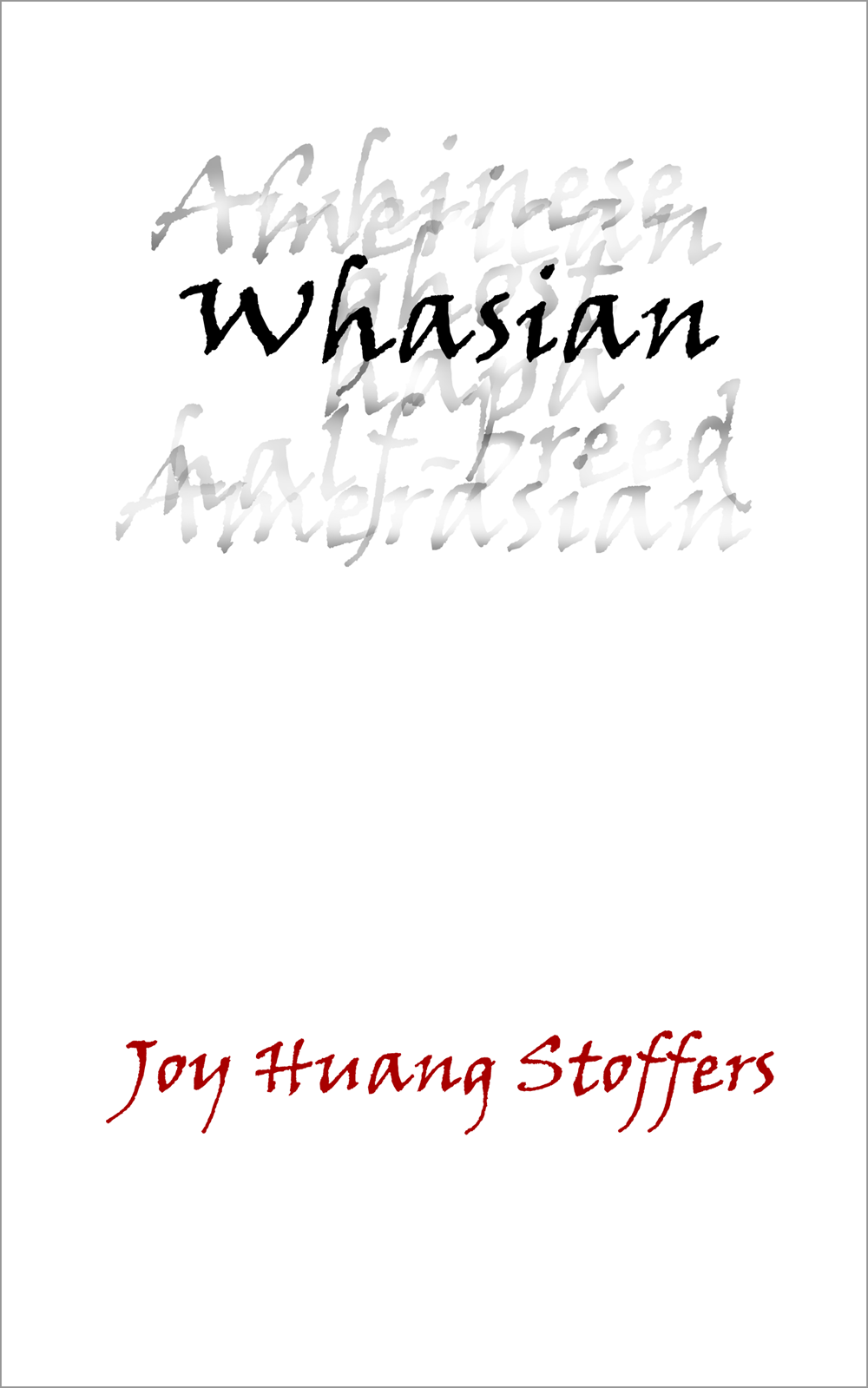Clarion University forced to cancel play over actors’ racePosted in Articles, Arts, Asian Diaspora, Campus Life, Media Archive, United States on 2015-11-12 21:42Z by Steven |
Clarion University forced to cancel play over actors’ race
Pittsburgh Post-Gazette
Pittsburgh, Pennsylvania
2015-11-12
Bill Schackner, Higher Education Writer
Student actors and the stage crew at Clarion University arrived Tuesday evening for one of the final rehearsals before next week’s campus opening of “Jesus in India” only to learn the off-Broadway production they had spent months on had been canceled.
The reason they were given was race: theirs.
Three of the five characters in the production are Indian, but on the mostly white state university campus, two of those characters were to be played by white student actors and a third was being portrayed by a mixed-race student.
Lloyd Suh, the playwright, told the university through his literary agent Monday that he was uncomfortable with any notion that he supported Caucasians portraying Indian characters in his play, said Bob Levy, chairman of the visual and performing arts department at Clarion.
“He felt they should be of Asian descent,” Mr. Levy said Wednesday.
The Korean-American playwright wanted the parts recast, Mr. Levy said, and ultimately pulled the university’s right to stage the production after being told that finding Asian replacements was not practical given the play was to open next Wednesday on a campus in rural northwestern Pennsylvania where Asian or Pacific Islander students account for 0.7 of 1 percent of the university’s 5,368 students.
The mixed-race actor was not of Asian descent, Mr. Levy said. He said the Indian characters portrayed by the non-Indians are Gopal, Sushil and Mahari…
Read the entire article here.




